Regenerative Agriculture
Regenerative agriculture is an approach for preserving and restoring food and agricultural systems. Regenerate topsoil, increase biodiversity, improve water cycle, enhance ecosystem services, support bio isolation, increase resilience to climate change, enhance agricultural soil health and vitality is focused on itself is not a specific practice. Rather, proponents of use a mix of different sustainable farming techniques.
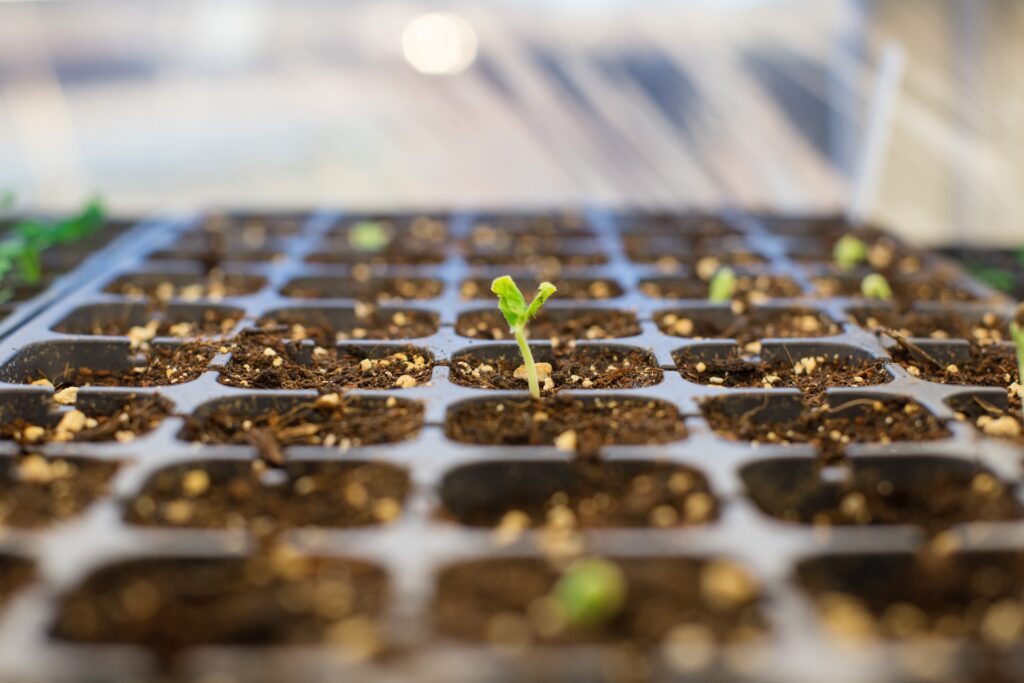
Practices include recycling as much agricultural waste as possible and removing it from off-farm sources. This includes adding composted materials. Regenerative agriculture on small farms and gardens is often associated with permaculture, agroecology and agroforestry. restorative ecology, Keyline design and holistic management.
Increasingly Adopting Such Techniques:
Larger farms are also increasingly adopting such techniques, often employing “no-till” and or “reduction-till” practices. Improved soil health may result in soils that are more resilient to extreme weather events and have fewer pest and pathogen populations, thus requiring fewer inputs and increasing crop yields.
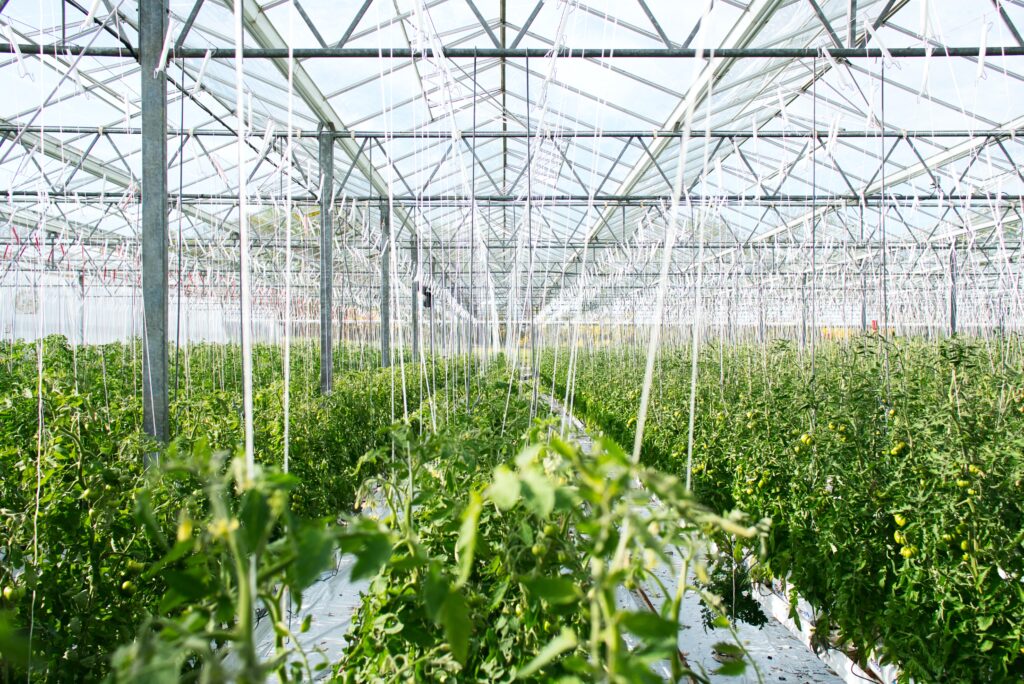
Most climate change mitigation plans focus on ‘reducing greenhouse gas emissions’. Regenerative agriculture, which captures carbon dioxide from the atmosphere by growing crops that transport carbon dioxide to the soil, removes greenhouse gases already present in the atmosphere, primarily through the cultivation of crops and the removal of maintenance from forests. It is the only practical technology currently available for retrieval. Perennial meadows and pastures.
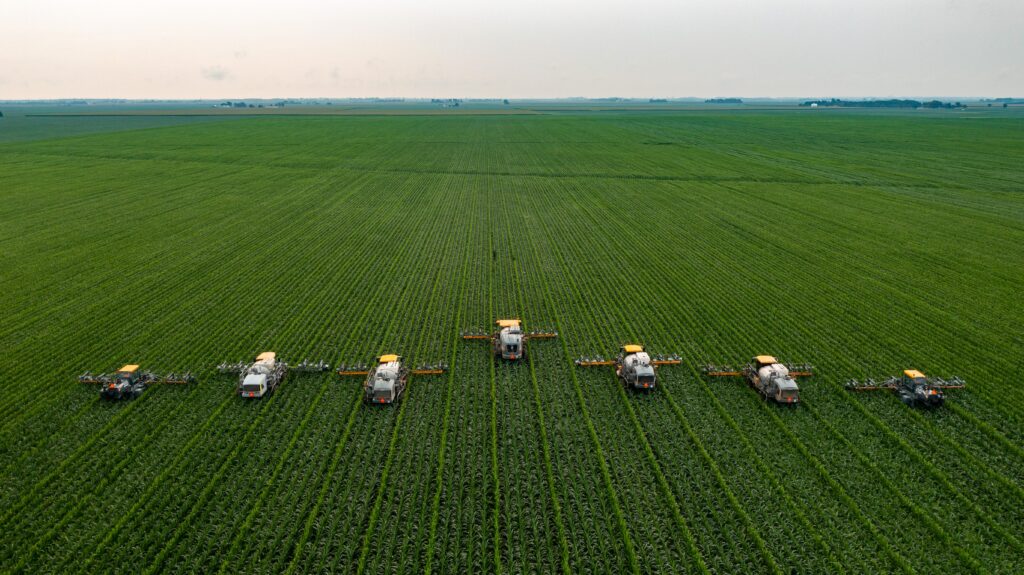
Regenerative agriculture is based on various agricultural and ecological practices, with a particular emphasis on minimal soil disturbance and the practice of composting. Maynard Murray had similar ideas, using sea minerals. His work led to innovations in no-till practices, such as slash and mulch in tropical regions. Sheet mulching is a practice that smothers weeds and adds nutrients to the soil below.
Field in Hamois, Belgium:
In the early 1980s, the Rodale Institute began using the term ‘regenerative agriculture‘. Rodale Publishing formed the Regenerative Agriculture Association, which began publishing books in 1987 and 1988.
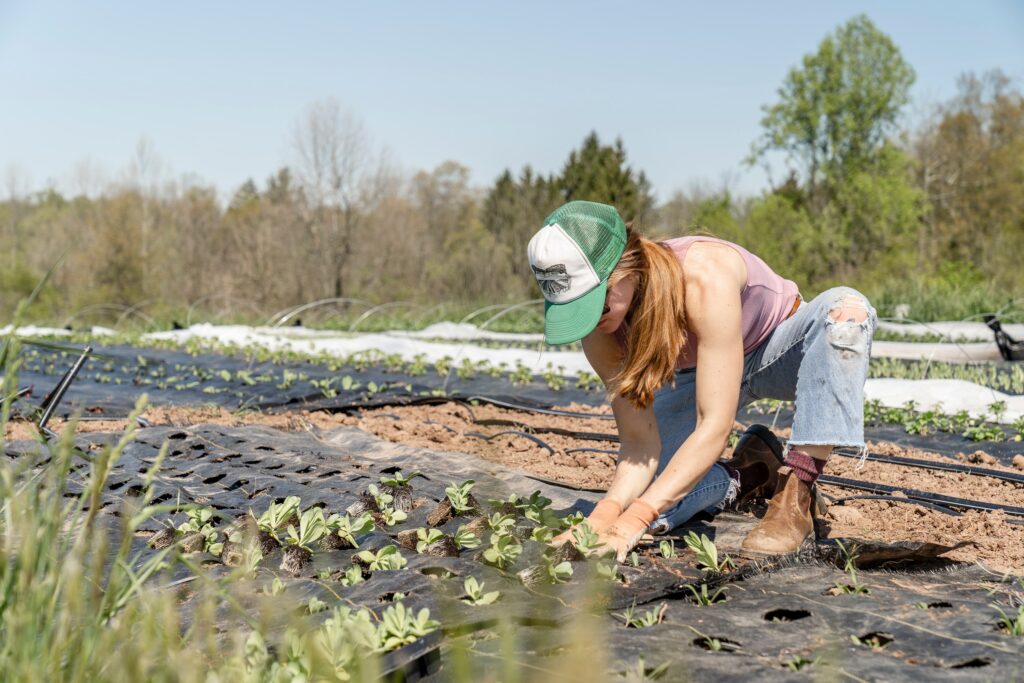
By marching forward under the banner of sustainability we are, in effect, continuing to hamper ourselves by not accepting a challenging enough goal. I am not against the word sustainable, rather I favor.
However, the institute stopped using the term in the late 1980s, and it only appeared sporadically (in 2005 and 2008), until they released a white paper in 2014, titled “Regenerative Organic Agriculture and Climate Change”.
The paper’s summary states, “we could sequester more than 100% of current annual CO2 emissions with a switch to common and inexpensive organic management practices, which we term regenerative organic agriculture.” The paper described agricultural practices, like crop rotation, compost application, and reduced tillage that are similar to organic agriculture methods.
Article -by – Ali Hadar , Posted -by- Ali Hadar
Follow our Social Media Platforms.
FACEBOOK TIKTOK INSTAGRAM YOUTUBE
Download PDF of this Article click link below.
Regenerative Agriculture
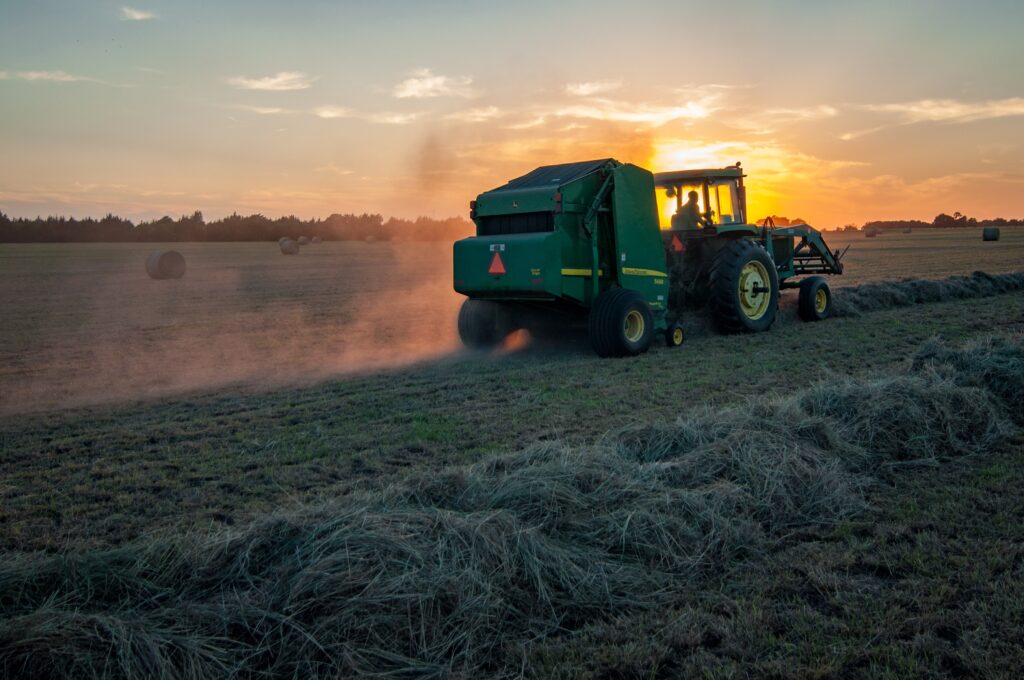
wooww vry nice